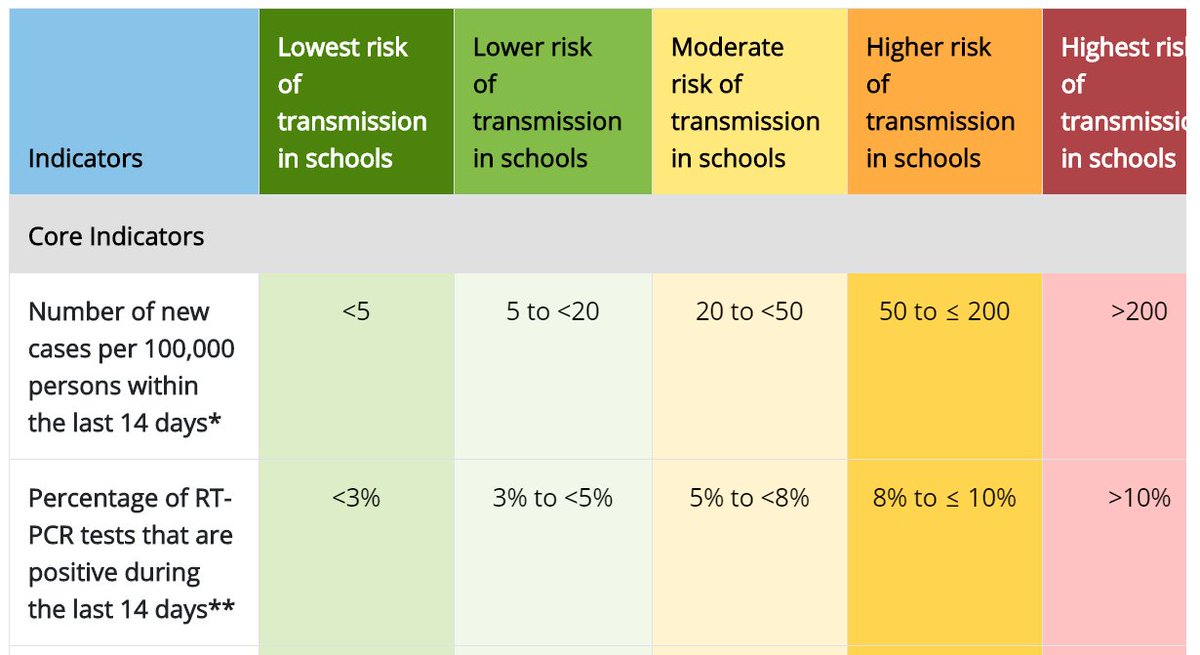
I have a new paper out today! Co-written with my colleagues @PatrickSaez2 and @rswrdn. And it's (mostly) not about COVID! :)
We explore the shortcomings of the heavily siloed humanitarian coordination architecture, and propose a new approach.
We explore the shortcomings of the heavily siloed humanitarian coordination architecture, and propose a new approach.
https://twitter.com/CGDev/status/1316031244786978817
If you're sticking with me to the second tweet, chances are you know that the "cluster approach" has been in place for 15 years now, and orients humanitarian coordination, planning, and operations around the major technical sectors.
It's got problems.
It's got problems.
As we, and many before us, have found, the sector-driven logic of the clusters is increasingly at odds with what the system needs from humanitarian coordination.
Humanitarian ops need to be demand driven, integrated across sectors, and devolve power/resources toward the field.
Humanitarian ops need to be demand driven, integrated across sectors, and devolve power/resources toward the field.
The cluster approach has instead evolved to be supply driven (the whole logic is about what flavor of support is being supplied!), persistently fragmented across sectors, and to concentrate power and resources in powerful cluster lead agencies.
And the clusters have reinforced the funding dominance of big multilateral agencies. We measured how much more $$ the cluster appeals request for the cluster lead agencies than for their largest national NGOs.
It's eye-popping. National actors remain a budgetary afterthought.

It's eye-popping. National actors remain a budgetary afterthought.


But - the clusters do a lot good in spite of that. They have proven strong on promoting technical quality and learning, and improving in-sector operational accountability.
So: how to square the circle? Keep the good, evolve past the bad?
So: how to square the circle? Keep the good, evolve past the bad?
We propose a new hybrid coord model, inspired by area-based programs.
Area-based ops share three core principles:
- Organize around geography, rather than sector
- Implement in an explicitly multi-sector/multi-disciplinary approach
- Put affected communities at the center
Area-based ops share three core principles:
- Organize around geography, rather than sector
- Implement in an explicitly multi-sector/multi-disciplinary approach
- Put affected communities at the center
This would mean a coordination system that:
- Organizes around sub-national geography, not sector
- Shifts program cycle responsibilities from the clusters to integrated sub-national hubs
- Delinks cluster leadership from fundraising influence
- Explicitly integrates nat'l actors
- Organizes around sub-national geography, not sector
- Shifts program cycle responsibilities from the clusters to integrated sub-national hubs
- Delinks cluster leadership from fundraising influence
- Explicitly integrates nat'l actors
Clusters would continue to provide technical leadership and quality assurance. But the rest of the program cycle - the process of needs assessment, priority-setting, determining appeal budgets, etc - would reside with integrated geographic hubs with heavy local influence.
One example of why this is important: this great UNICEF research showing how heterogeneous people's needs and priorities are from place to place, even in a single country.
https://twitter.com/sophietholstrup/status/1314141975373901825?s=20
I could go into much more detail, but this is twitter. So I'd urge you to read the paper itself! cgdev.org/publication/in…
And for a more in-depth discussion with some great examples of why this all matters, check out the event we held earlier today:
https://twitter.com/CGDev/status/1316001319505793028?s=20
• • •
Missing some Tweet in this thread? You can try to
force a refresh






